Oasis revealed as Scottish capital’s ‘most seismic’ concert
Twenty years of evidence from earthquake monitoring proves the Britpop legends are the most ‘ground shaking’ musical act to perform at Murrayfield Stadium, with the chance to secure their position at the top of the charts this weekend.
07/08/2025 By BGS Press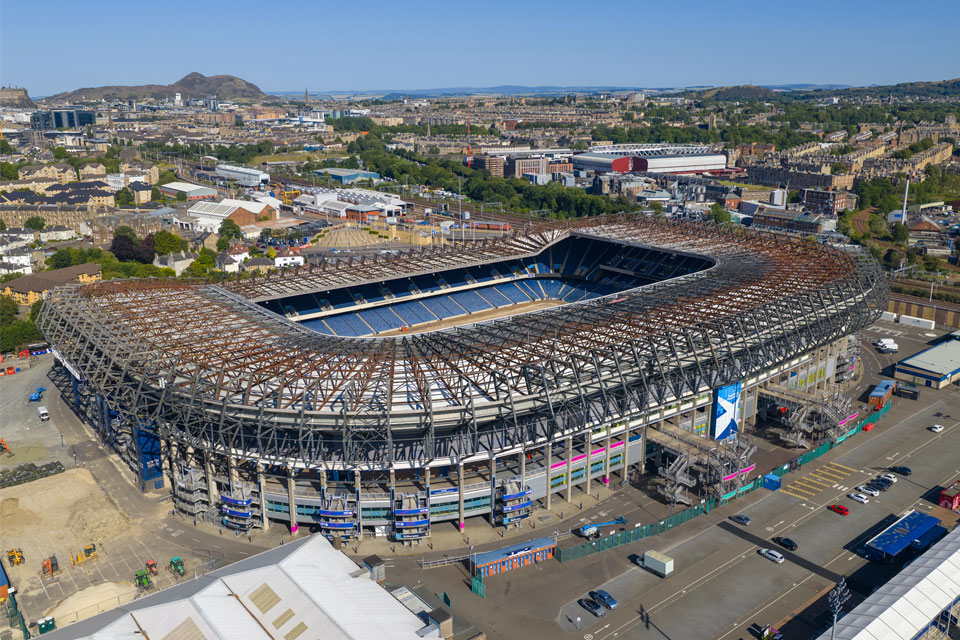
New data from BGS reveals that Oasis is the ‘most seismic’ act to have performed at Murrayfield Stadium over the last two decades, a fact that may come as little surprise to fans of a band as famous for its internal turbulence as its musical output.
Researchers have reviewed archived data from a nearby seismic monitoring station, roughly 4 km from the venue, to compare the earth-shaking impact of the biggest acts to perform in Scotland’s largest stadium. In terms of crowd energy, the Mancunian band’s performance in 2009 really does set them apart as the capital’s true ‘Shakermakers’.
Murrayfield Stadium’s most seismic concerts (2004 to 2024)
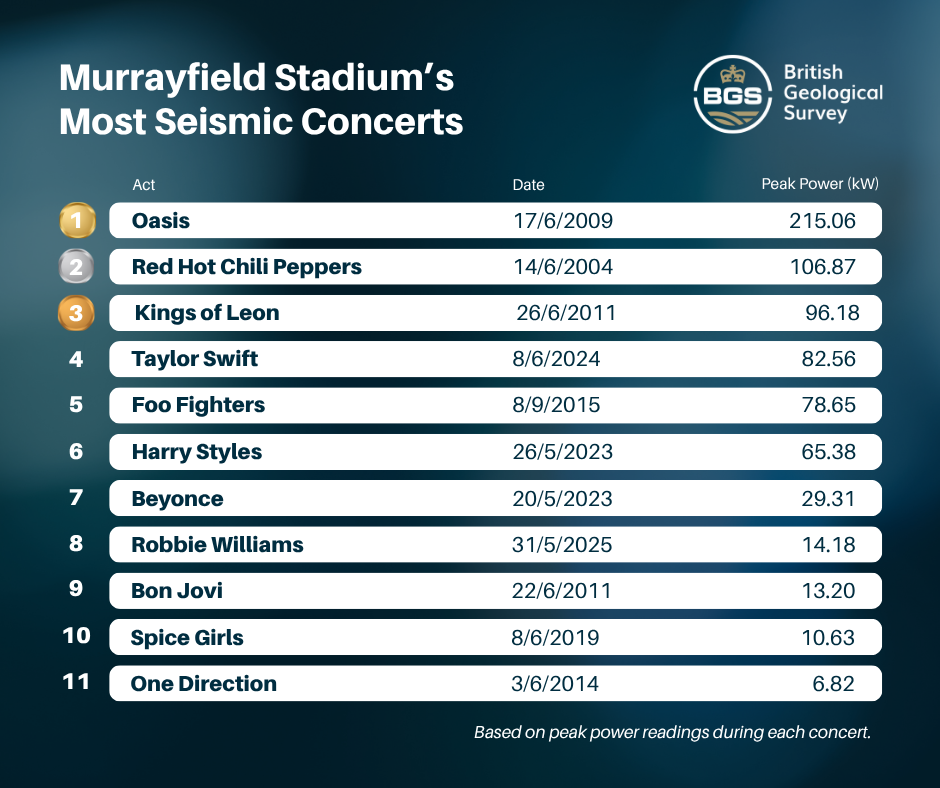
Murrayfield Stadium’s most seismic gigs, based on peak power readings during each concert. BGS © UKRI.
Whilst the music may have been the impetus, the energy detected by the national monitoring stations is not driven be the volume of the band or the crowd; it’s the movement of fans jumping and dancing in time to the music, with the height of the jumping and weight of the crowd also potential factors. It raises the tantalising possibility of comparing the response of a band’s fans to concerts in different decades and the ability for fans to show they can still ‘Go let it out’.
In 2009, seismic signals generated by Oasis fans were consistent with a crowd energy of 215 kW at its peak, enough to power around 30 of the scooters featured on the iconic ‘Be Here Now’ album cover.
Our network of sensors around the country is sensitive enough to pick up ground movement from a source miles away, which may not be detectable to humans, and precise enough to register exact timestamps for when the events occur.
The peak energy reading was recorded around 20:30 on that June evening back in 2009. That correlates to the time the band first took the stage and performed ‘Rock ‘N’ Roll Star’, which couldn’t be more fitting in terms of topping our seismic music chart!
Callum Harrison, BGS Seismologist.
The historical data is part of a BGS archive of continuous ground motion recordings from seismic sensors around the country, which dates back over several decades. Collectively, this information is used to carefully monitor the UK’s seismic activity, which experiences around 300 events each year. Although the magnitude of many of these earthquakes is too low to be felt by humans, some of the larger seismic events can pose a risk to buildings and infrastructure. Understanding this risk provides crucial information for scientists and decision makers on how to best mitigate this hazard.
In this instance, we are only looking back over 20 years; however, geological processes occur over vast time scales that can be difficult for humans to comprehend. Improving our understanding of historical earthquakes is an important part of BGS’s research in trying to understand and mitigate the seismic risk around the country.
Callum Harrison, BGS Seismologist.
As fans eagerly await the band’s return to the Scottish capital on 8 August 2025, the question now is whether the those in attendance still have the energy to rank amongst Edinburgh’s top Shakermakers.
Relative topics
Related news
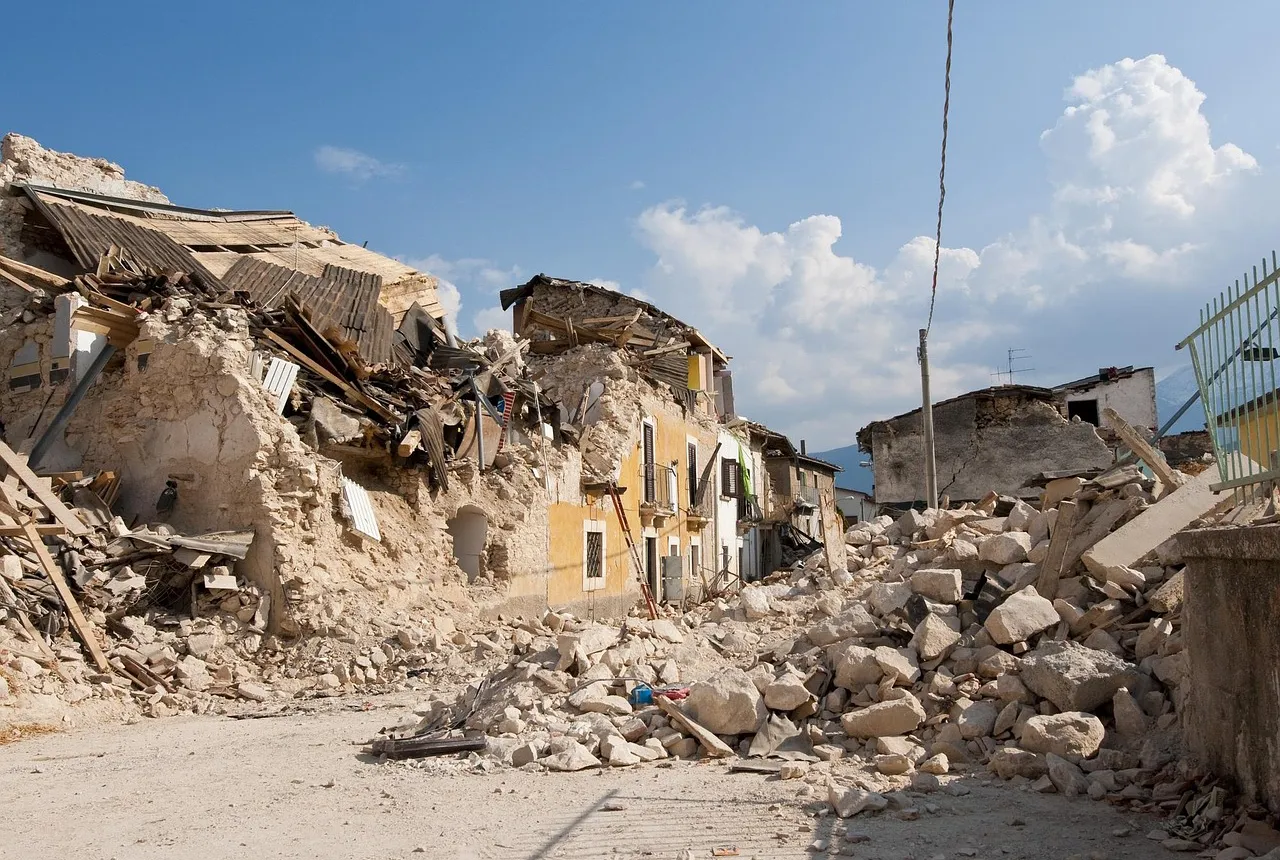
New research shows artificial intelligence earthquake tools forecast aftershock risk in seconds
25/11/2025
Researchers from BGS and the universities of Edinburgh and Padua created the forecasting tools, which were trained on real earthquakes around the world.

Oasis revealed as Scottish capital’s ‘most seismic’ concert
07/08/2025
Twenty years of evidence from earthquake monitoring proves the Britpop legends are the most ‘ground shaking’ musical act to perform at Murrayfield Stadium, with the chance to secure their position at the top of the charts this weekend.
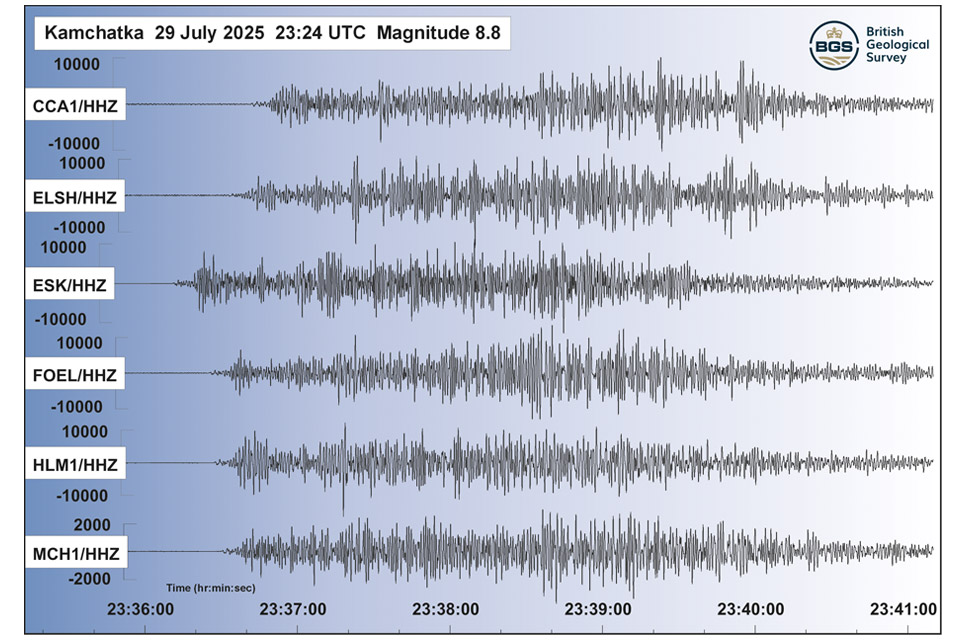
Kamchatka earthquake highlights the advances in tsunami early warning systems
31/07/2025
The response to the 8.8 magnitude earthquake in Russia has emphasised how far scientific understanding of tsunamis has come over the last two decades, and the improved mitigation measures that are now in place.
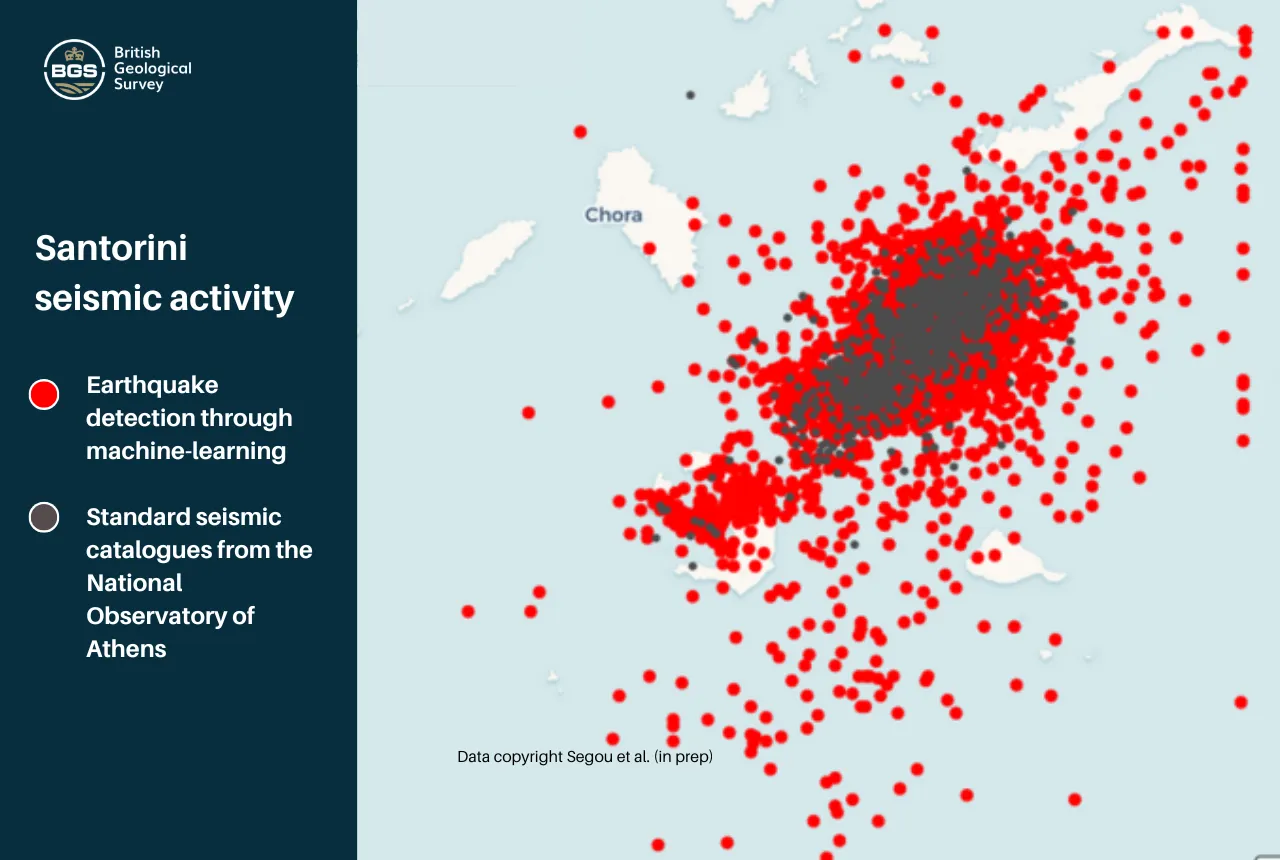
Artificial intelligence is proving a game changer in tracking the Santorini earthquake swarm
07/02/2025
Scientists are harnessing the power of machine learning to help residents and tourists by detecting thousands of seismic events.
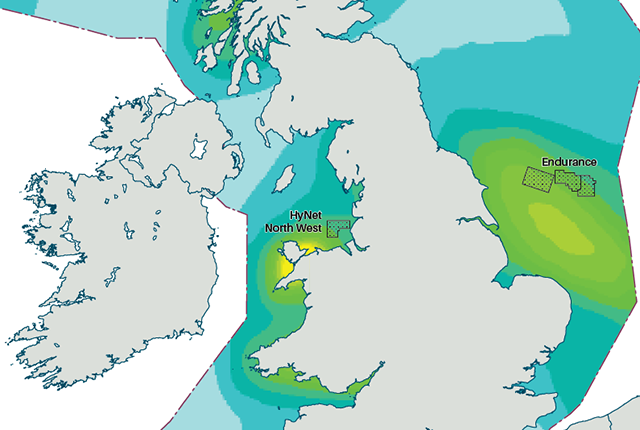
New hazard maps set to help safeguard UK offshore energy industry
12/09/2024
Essential geological model detailing seismic hazard published as the pursuit of new renewable energy infrastructure intensifies.

Quake it off: Taylor Swift concerts shake Edinburgh
13/06/2024
Seismometers around Edinburgh were triggered by the rapturous Murrayfield crowds over the weekend.

BGS seismologist named editor-in-chief of Geophysical Journal International
29/02/2024
Margarita Segou has been appointed as the editor-in-chief of one of the world’s leading, peer-reviewed research journals in solid-Earth geophysics.
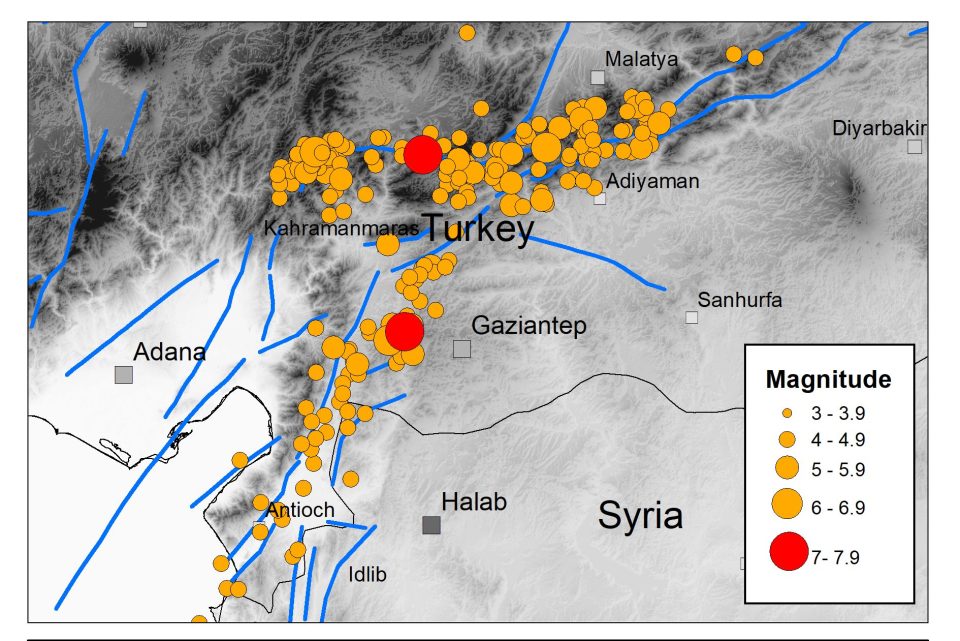
The Kahraman Maraş earthquake sequence, Turkey/Syria, 2023
14/02/2023
Two large earthquakes occurred within hours of each other on 6 February 2023.
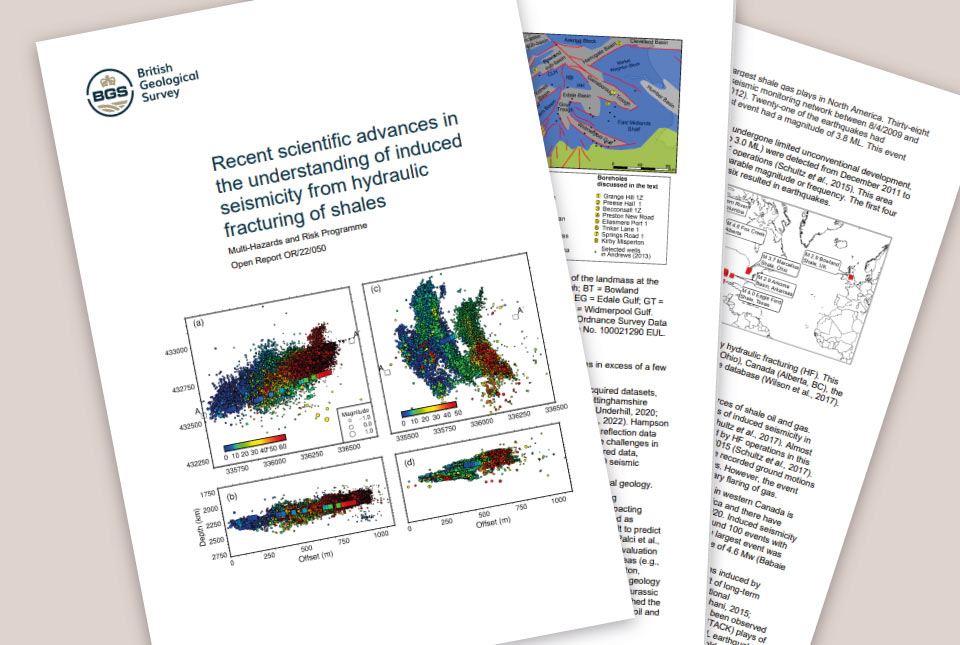
Scientific report published
22/09/2022
BGS was requested by the UK Government to address six questions related to recent scientific research on the hazard and risk from induced seismicity during hydraulic fracturing of shale rocks.
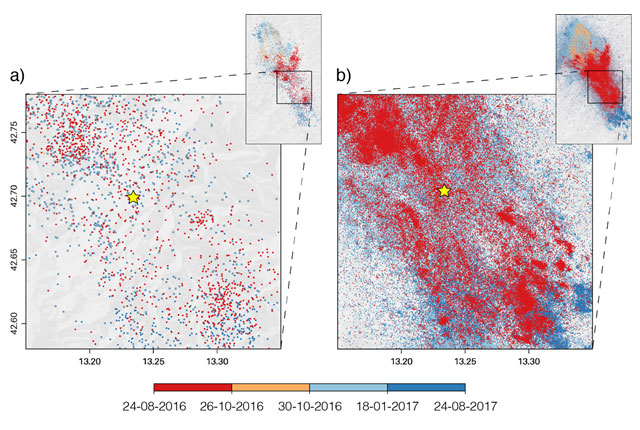
The future of earthquake forecasting
10/08/2021
Machine-learning illuminates earthquake activity with unprecedented detail, leading to improved earthquake forecasts.
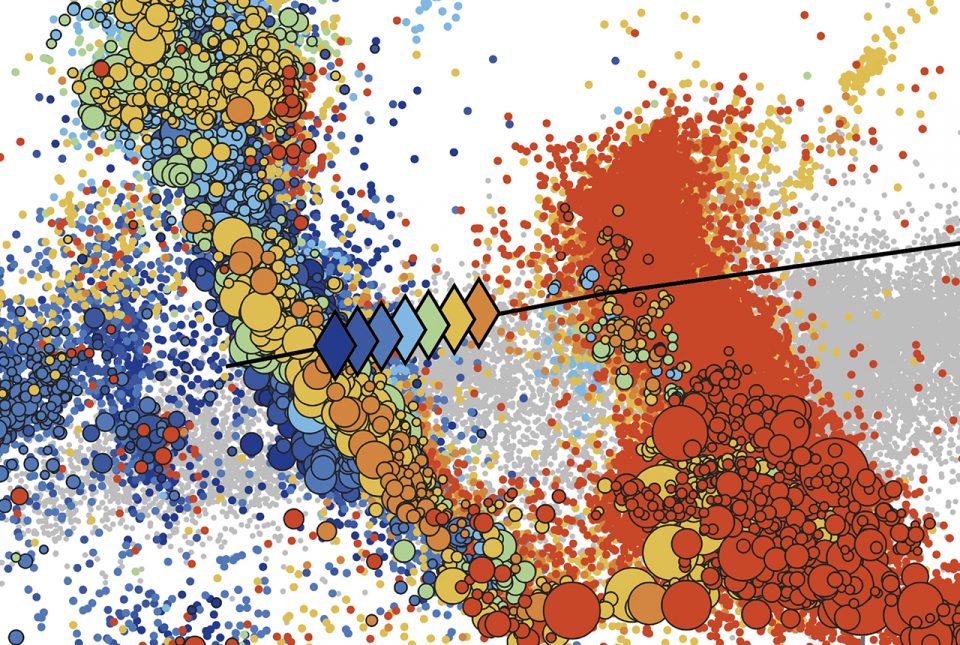
Scientists test a new model to understand and forecast seismicity induced by hydraulic fracturing operations
02/07/2021
Encouraging new research could bring scientists a step closer to being able to forecast earthquakes induced by human activity.

Developing new seismic hazard maps for the UK
30/11/2020
Understanding and quantifying the hazard earthquakes pose to the built environment in the UK.




